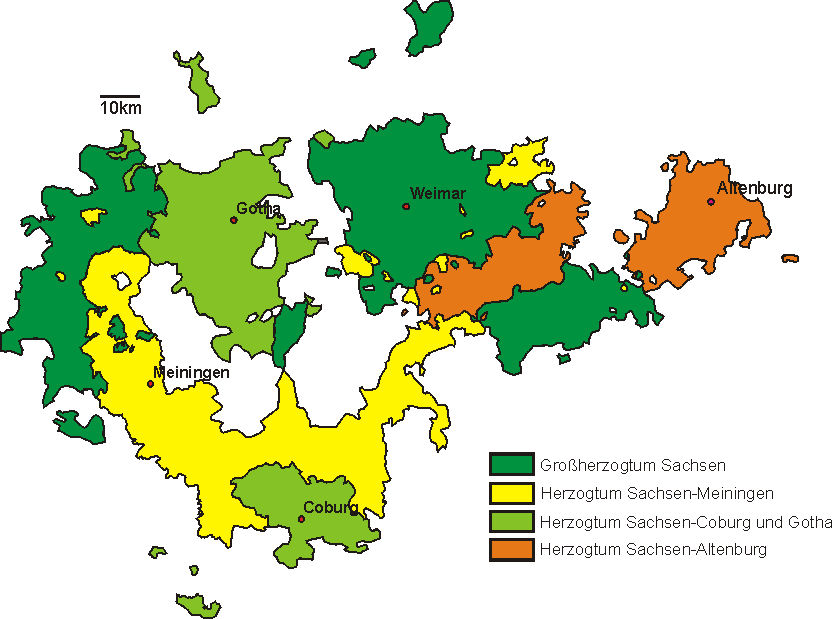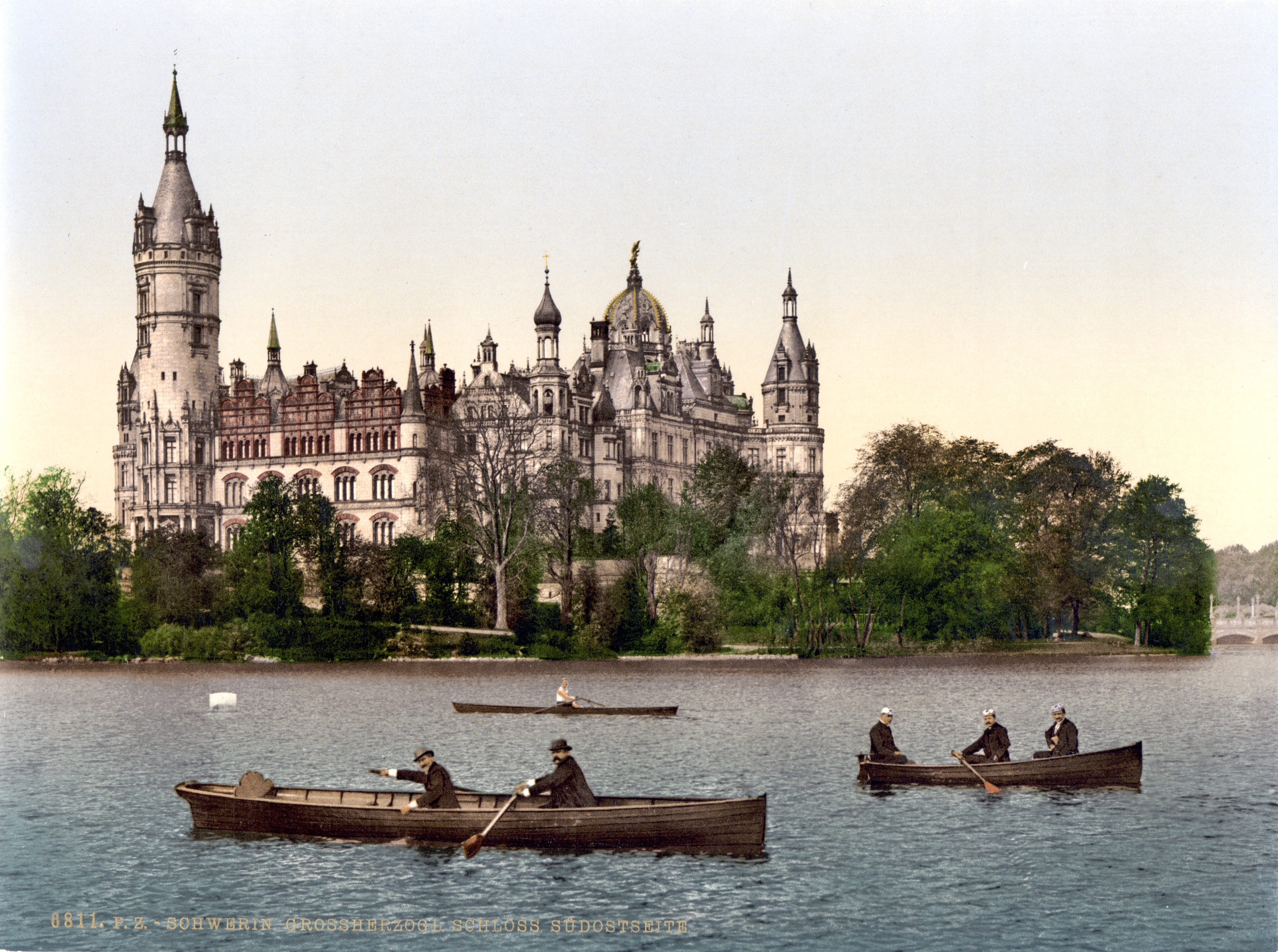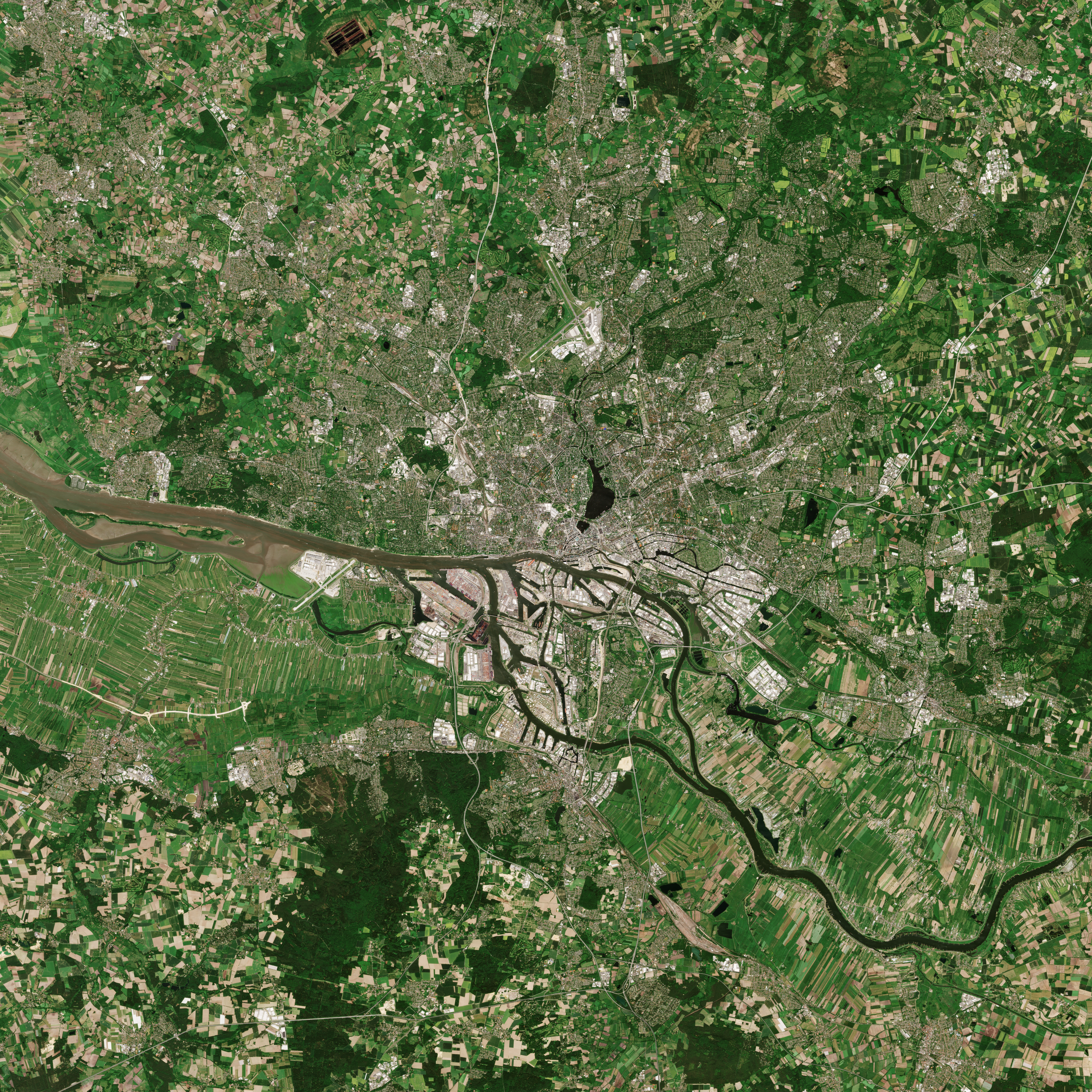|
4th Ersatz Division (German Empire)
The 4th Ersatz Division (''4. Ersatz-Division'') was a unit of the German Army, in World War I. The division was formed on mobilization of the German Army in August 1914. The division was disbanded in 1919, during the demobilization of the German Army after World War I. Formation and recruitment The 4th Ersatz Division was formed on mobilization from 13 brigade replacement battalions (''Brigade-Ersatz-Bataillone''). Each brigade replacement battalion was numbered after its parent infantry brigade, and was formed with two companies taken from the replacement battalion of each of the brigade's two infantry regiments. Thus, collectively, the 13 brigade replacement battalions represented troop contributions from 26 different infantry regiments. The four battalions of the 9th Mixed Ersatz Brigade were from the Prussian Province of Brandenburg, as were the brigade's artillery, cavalry and pioneer formations. Two battalions of the 13th Mixed Ersatz Brigade were from the Prussian Province ... [...More Info...] [...Related Items...] OR: [Wikipedia] [Google] [Baidu] |
German Empire
The German Empire (), Herbert Tuttle wrote in September 1881 that the term "Reich" does not literally connote an empire as has been commonly assumed by English-speaking people. The term literally denotes an empire – particularly a hereditary empire led by an emperor, although has been used in German to denote the Roman Empire because it had a weak hereditary tradition. In the case of the German Empire, the official name was , which is properly translated as "German Empire" because the official position of head of state in the constitution of the German Empire was officially a " presidency" of a confederation of German states led by the King of Prussia who would assume "the title of German Emperor" as referring to the German people, but was not emperor of Germany as in an emperor of a state. –The German Empire" ''Harper's New Monthly Magazine''. vol. 63, issue 376, pp. 591–603; here p. 593. also referred to as Imperial Germany, the Second Reich, as well as simply Germa ... [...More Info...] [...Related Items...] OR: [Wikipedia] [Google] [Baidu] |
Saxe-Altenburg
Saxe-Altenburg (german: Sachsen-Altenburg, links=no) was one of the Saxon duchies held by the Ernestine branch of the House of Wettin in present-day Thuringia. It was one of the smallest of the German states with an area of 1323 square kilometers and a population of 207,000 (1905) of whom about one fifth resided in the capital, Altenburg. The territory of the duchy consisted of two non-contiguous territories separated by land belonging to the Principality of Reuss. Its economy was based on agriculture, forestry, and small industry. The state had a constitutional monarchical form of government with a parliament composed of thirty members chosen by male taxpayers over 25 years of age. History The duchy had its origins in the medieval Burgraviate of Altenburg in the Imperial Pleissnerland ''(Terra Plisensis)'', a possession of the Wettin Margraves of Meissen since 1243. Upon a partition treaty of 1485, Altenburg fell to Ernst, Elector of Saxony, the progenitor of the Ernesti ... [...More Info...] [...Related Items...] OR: [Wikipedia] [Google] [Baidu] |
Military Units And Formations Established In 1914
A military, also known collectively as armed forces, is a heavily armed, highly organized force primarily intended for warfare. It is typically authorized and maintained by a sovereign state, with its members identifiable by their distinct military uniform. It may consist of one or more military branches such as an army, navy, air force, space force, marines, or coast guard. The main task of the military is usually defined as defence of the state and its interests against external armed threats. In broad usage, the terms ''armed forces'' and ''military'' are often treated as synonymous, although in technical usage a distinction is sometimes made in which a country's armed forces may include both its military and other paramilitary forces. There are various forms of irregular military forces, not belonging to a recognized state; though they share many attributes with regular military forces, they are less often referred to as simply ''military''. A nation's military ma ... [...More Info...] [...Related Items...] OR: [Wikipedia] [Google] [Baidu] |
Infantry Divisions Of Germany In World War I
Infantry is a military specialization which engages in ground combat on foot. Infantry generally consists of light infantry, mountain infantry, motorized infantry & mechanized infantry, airborne infantry, air assault infantry, and marine infantry. Although disused in modern times, heavy infantry also commonly made up the bulk of many historic armies. Infantry, cavalry, and artillery have traditionally made up the core of the combat arms professions of various armies, with the infantry almost always comprising the largest portion of these forces. Etymology and terminology In English, use of the term ''infantry'' began about the 1570s, describing soldiers who march and fight on foot. The word derives from Middle French ''infanterie'', from older Italian (also Spanish) ''infanteria'' (foot soldiers too inexperienced for cavalry), from Latin '' īnfāns'' (without speech, newborn, foolish), from which English also gets ''infant''. The individual-soldier term ''in ... [...More Info...] [...Related Items...] OR: [Wikipedia] [Google] [Baidu] |
206th Infantry Division (German Empire)
206th Division or 206th Infantry Division may refer to: * 206th Coastal Division * 206th Division (1st Formation)(People's Republic of China), 1949–1950 * 206th Division (2nd Formation)(People's Republic of China), 1969–1985 * 206th Division (Imperial Japanese Army) * 206th Infantry Division (German Empire) * 206th Infantry Division (Wehrmacht) The German 206th Infantry Division (German designation ''206. Infanterie-Division'', nickname ''Pique As'', 'Ace of spades', after the divisional emblem), was a military unit that served during World War II. Like most German infantry units it had ... * 206th Rifle Division {{mil-unit-dis ... [...More Info...] [...Related Items...] OR: [Wikipedia] [Google] [Baidu] |
Triangular Division
A triangular division is a designation given to the way military divisions are organized. In a triangular organization, the division's main body is composed of three regimental maneuver elements. These regiments may be controlled by a brigade headquarters (more typical in World War I) or directly subordinated to the division commander. By contrast, in a square division, there were typically two brigades of two regiments. Other structures are possible, such as a pentomic division, where the division commander controls five maneuver elements, which was used in the United States Army in the late 1950s, with the regiments replaced by combined arms battlegroups.http://www.history.army.mil/html/books/060/60-14-1/cmhPub_60-14-1.pdf ''Wilson, John B. Maneuver and Firepower: The Evolution of Divisions and Separate Brigades'' (CMH Pub 60-14-1). Army Lineage Series. Washington: Center of Military History: 272-276. Asia Imperial Japanese Army and National Revolutionary Army Divisions ... [...More Info...] [...Related Items...] OR: [Wikipedia] [Google] [Baidu] |
Eastern Front (World War I)
The Eastern Front or Eastern Theater of World War I (german: Ostfront; ro, Frontul de răsărit; russian: Восточный фронт, Vostochny front) was a theater of operations that encompassed at its greatest extent the entire frontier between Russia and Romania on one side and Austria-Hungary, Bulgaria, the Ottoman Empire, and Germany on the other. It stretched from the Baltic Sea in the north to the Black Sea in the south, involved most of Eastern Europe, and stretched deep into Central Europe as well. The term contrasts with "Western Front", which was being fought in Belgium and France. During 1910, Russian General Yuri Danilov developed "Plan 19" under which four armies would invade East Prussia. This plan was criticised as Austria-Hungary could be a greater threat than the German Empire. So instead of four armies invading East Prussia, the Russians planned to send two armies to East Prussia, and two armies to defend against Austro-Hungarian forces invading from Gal ... [...More Info...] [...Related Items...] OR: [Wikipedia] [Google] [Baidu] |
Western Front (World War I)
The Western Front was one of the main theatres of war during the First World War. Following the outbreak of war in August 1914, the German Army opened the Western Front by invading Luxembourg and Belgium, then gaining military control of important industrial regions in France. The German advance was halted with the Battle of the Marne. Following the Race to the Sea, both sides dug in along a meandering line of fortified trenches, stretching from the North Sea to the Swiss frontier with France, which changed little except during early 1917 and in 1918. Between 1915 and 1917 there were several offensives along this front. The attacks employed massive artillery bombardments and massed infantry advances. Entrenchments, machine gun emplacements, barbed wire and artillery repeatedly inflicted severe casualties during attacks and counter-attacks and no significant advances were made. Among the most costly of these offensives were the Battle of Verdun, in 1916, with a combined 700 ... [...More Info...] [...Related Items...] OR: [Wikipedia] [Google] [Baidu] |
Lübeck
Lübeck (; Low German also ), officially the Hanseatic City of Lübeck (german: Hansestadt Lübeck), is a city in Northern Germany. With around 217,000 inhabitants, Lübeck is the second-largest city on the German Baltic coast and in the state of Schleswig-Holstein, after its capital of Kiel, and is the 35th-largest city in Germany. The city lies in Holstein, northeast of Hamburg, on the mouth of the River Trave, which flows into the Bay of Lübeck in the borough of Travemünde, and on the Trave's tributary Wakenitz. The city is part of the Hamburg Metropolitan Region, and is the southwesternmost city on the Baltic, as well as the closest point of access to the Baltic from Hamburg. The port of Lübeck is the second-largest German Baltic port after the port of Rostock. The city lies in the Northern Low Saxon dialect area of Low German. Lübeck is famous for having been the cradle and the ''de facto'' capital of the Hanseatic League. Its city centre is Germany's most e ... [...More Info...] [...Related Items...] OR: [Wikipedia] [Google] [Baidu] |
Grand Duchy Of Mecklenburg-Strelitz
The Grand Duchy of Mecklenburg-Strelitz was a territory in Northern Germany, held by the younger line of the House of Mecklenburg residing in Neustrelitz. Like the neighbouring Grand Duchy of Mecklenburg-Schwerin, it was a sovereign member state of the German Confederation and became a federated state of the North German Confederation and finally of the German Empire upon the Unification of Germany, unification of 1871. After World War I and the German Revolution of 1918–19 it was succeeded by the Free State of Mecklenburg-Strelitz. Geography It consisted of two detached parts of the Mecklenburg region: the larger Lordship of Stargard with the residence of Neustrelitz to the southeast of the Grand Duchy of Mecklenburg-Schwerin and the Principality of Ratzeburg on the west. The first was bounded by the Kingdom of Prussia, Prussian provinces of Province of Pomerania (1815–1945), Pomerania and Province of Brandenburg, Brandenburg, the second bordered on the Saxe-Lauenburg, Duch ... [...More Info...] [...Related Items...] OR: [Wikipedia] [Google] [Baidu] |
Grand Duchy Of Mecklenburg-Schwerin
The Grand Duchy of Mecklenburg-Schwerin was a territory in Northern Germany held by the House of Mecklenburg residing at Schwerin. It was a sovereign member state of the German Confederation and became a federated state of the North German Confederation and finally of the German Empire in 1871. Geography Like its predecessor, the Duchy of Mecklenburg-Schwerin, the Schwerin lands upon the incorporation of the extinct Duchy of Mecklenburg-Güstrow in 1701 comprised the larger central and western parts of the historic Mecklenburg region. The smaller southeastern part was held by the Duchy of Mecklenburg-Strelitz branch of the grand ducal house, who also ruled over the lands of the former Bishopric of Ratzeburg in the far northwest. The grand duchy was bounded by the Baltic coast in the north and the Prussian province of Pomerania in the northeast, where the border with the Hither Pomeranian (formerly Swedish Pomeranian) region ran along the Recknitz river, the Peene, an ... [...More Info...] [...Related Items...] OR: [Wikipedia] [Google] [Baidu] |
Hamburg
Hamburg (, ; nds, label=Hamburg German, Low Saxon, Hamborg ), officially the Free and Hanseatic City of Hamburg (german: Freie und Hansestadt Hamburg; nds, label=Low Saxon, Friee un Hansestadt Hamborg),. is the List of cities in Germany by population, second-largest city in Germany after Berlin, as well as the overall List of cities in the European Union by population within city limits, 7th largest city and largest non-capital city in the European Union with a population of over 1.85 million. Hamburg's urban area has a population of around 2.5 million and is part of the Hamburg Metropolitan Region, which has a population of over 5.1 million people in total. The city lies on the River Elbe and two of its tributaries, the River Alster and the Bille (Elbe), River Bille. One of Germany's 16 States of Germany, federated states, Hamburg is surrounded by Schleswig-Holstein to the north and Lower Saxony to the south. The official name reflects History of Hamburg, Hamburg's history ... [...More Info...] [...Related Items...] OR: [Wikipedia] [Google] [Baidu] |






